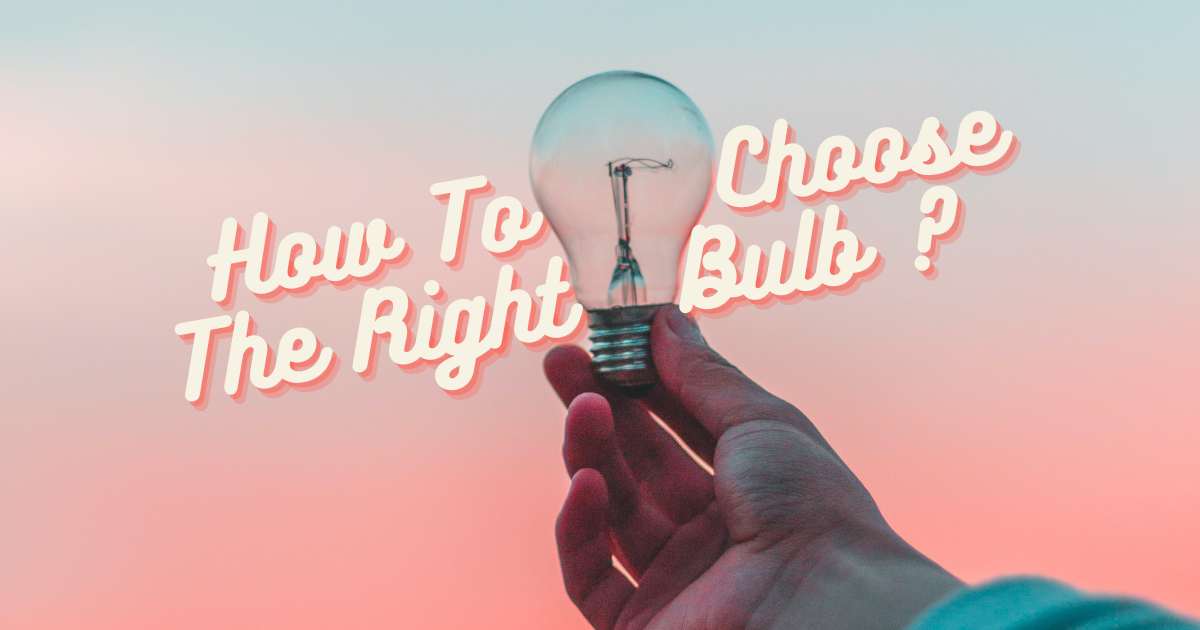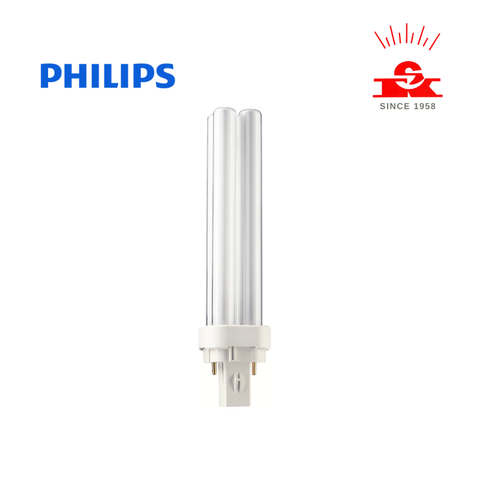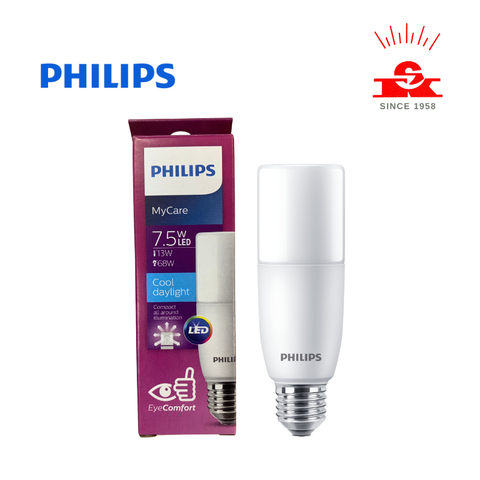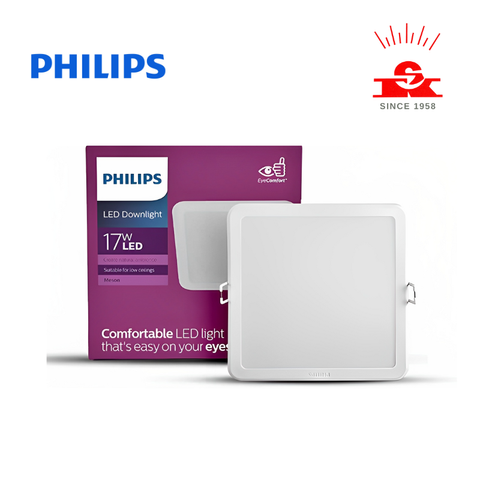FINDING THE RIGHT BULBS
1. Determine the bulb type
The first step in finding the right bulbs is to determine the type of bulb you need. The three most common types of bulbs are incandescent, compact fluorescent (CFL), and light-emitting diode (LED).
Incandescent bulbs
Incandescent bulbs are traditional type of bulb that are relatively inexpensive and produce a warm, natural light. However, they are not very energy-efficient and have a short lifespan.
CFL (Compact Fluorescent Lamp)
CFLs are cheap and widely available in a range of sizes and outputs. CFL bulbs are more energy-efficient and have a longer lifespan than incandescent bulbs. They also come in a variety of shapes and sizes. However, they can take a few minutes to warm up.
HALOGEN
Light from a halogen bulb is similar to an incandescent in colour and quality because both use a tungsten filament. There’s little difference between the two in the amount of energy used, but halogens are significantly more expensive to run than other energy savers and they can emit a lot of heat.
LEDS (LIGHT EMITTING DIODES)
LEDs use almost 90% less energy than a traditional incandescent, making them the most energy-efficient type of bulb and have a longer lifespan. They also come in a variety of colours and can be dimmed.
2. Determine what fitting type you need
Caps and bases are labelled using both letters and numbers. The letter indicates the type of base, while the number indicates the diameter of the base in millimetres (mm).
Here are some of the most common cap and base types:
3. Consider the bulb's brightness
The brightness of a bulb is measured in lumens. The higher the number of lumens, the brighter the bulb. The packaging of the bulb will typically indicate the number of lumens it produces. The appropriate level of brightness will depend on the room and the purpose of the lighting. For example, a kitchen may require brighter lighting than a bedroom.
As a rough guide, around 400 lumens is suitable for a bed-sized table lamp, whereas you might want between 1,500 and 3,000 lumens in total (from all the bulbs in the room combined) for a good-sized living room.
4. Check the colour temperature
The colour temperature of a bulb refers to the colour of the light it produces. The colour of light is measured on the Kelvin scale. Bulbs with a lower colour temperature produce a warmer, yellow light, while bulbs with a higher colour temperature produce a cooler, bluer light.
• Bulbs in the 2700K range are warm white, considered cosy and inviting, and are good for living rooms and kitchens.
• Bulbs in the 3100K to 4500K range are a cool white, sometimes with a tinge of blue. They’re often used for bathrooms, vanities and outdoor lighting.
• Bulbs in the 5000K range are called daylight, and are best used for basements, garages and security lighting.

5. Consider the bulb's compatibility
It's advisable to check the compatibility of the bulb with your fixtures and dimmer switches before buying one. Using a bulb that is not compatible with your fixtures may result in poor performance, reduced lifespan, or damage to the fixture.
For example, a stick bulb is longer and naroower than a traditional bulb. Hence, they are better suited to long and narrow fittings.
Similarly, certain types of dimmer switches may not be suitable for use with certain bulbs. You can find information regarding compatibility on the bulb packaging or by checking with the manufacturer.
Take Away
Finding the right bulbs requires considering factors such as the bulb and fitting type, brightness, colour temperature, compatibility. By taking these factors in mind, you can choose bulbs that meet your needs and help create the desired atmosphere while also saving energy and money in the long run.
At See Kwong we have varieties of lightbulbs for your to choose. Just ask for our guidance to find the lightbulbs that suit your home.
Come visit See Kwong Electric at Ipoh or browse www.seekwong.com for the latest deals!




